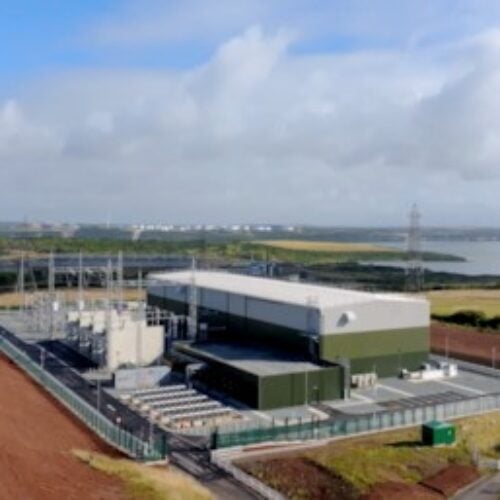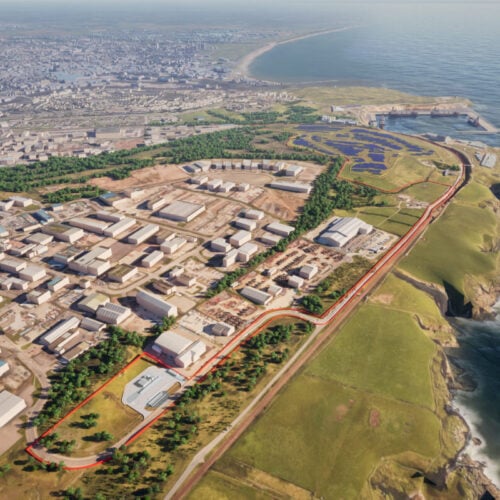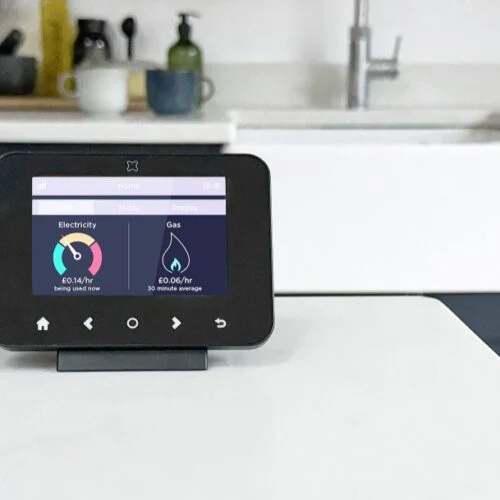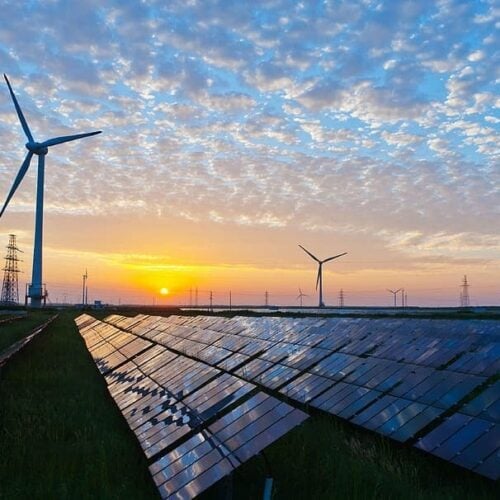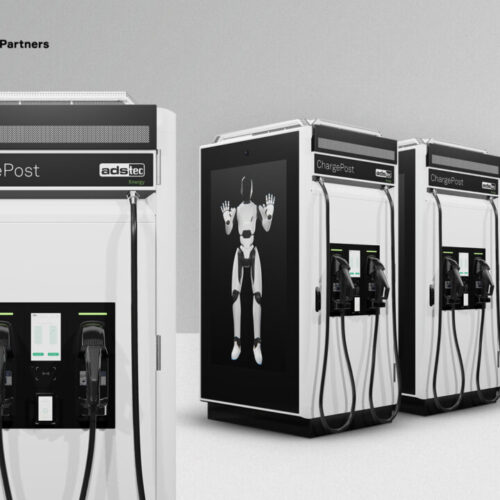With the start of the RIIO-ED2 period fast approaching, network operators are preparing to roll out further innovative solutions and flexibility tenders to help deliver net zero.
In anticipation, and building on other interviews as part of our Current± Explores: The Grid Connection Conundrum, we talked to Stewart Reid, head of future networks at Scottish and Southern Electricity Networks (SSEN) Distribution about the steps already taken, and plans for the next five years, to speed decarbonisation within the energy sector.
How is SSEN expecting demand for grid connection to grow over the next five years?
SSEN is planning for significant demand growth over the next five years, and well into the 2030s. We know that electricity network capacity will need to grow exponentially to accommodate the take-up of low carbon technologies such as heat pumps and electric vehicles (EVs) and we are committed to enabling the consumer transition to net zero.
RIIO-ED2, the next electricity distribution price control period which covers the period 2023 to 2028, is a critical milestone in the journey to net zero, during which vital foundations must be laid to enable us to meet the ambitious legally binding targets set by the UK and Scottish Governments.
Our original RIIO-ED2 plan was designed to facilitate at least 1.3 million EVs and 800,000 heat pumps on our network, as well as 8GW of distributed generation and storage. This was based on work we had done with our stakeholders to determine the most likely outcome, based on their own local ambitions, and ensuring we do not foreclose future pathways. Ofgem’s Final Determination has required us to make a number of amendments to our plan, however, our overarching ambition remains the same: to power our communities to net zero.
Our current application pipeline is at unprecedented levels, showing the transition to net zero is well underway. We are committed to continuing to work with our stakeholders and communities as we implement our plan over the next five years.
How much flexibility has SSEN tendered for in recent years, and how is that helping to reduce the need for infrastructure expansion?
The value of flexibility in our networks is well recognised and flexibility services are already being used effectively, to manage constraints in several areas of our network, deferring the need for expensive and disruptive upgrades.
During 2022/2023, we tendered for 56MW of flexibility services. Flexibility can provide a wide range of cost-effective solutions for the network, including providing support during planned and unplanned outages as well as mitigating the need for reinforcement. For example, our Logie Pert contract has deferred reinforcement that would have cost customers £1.7 million, with several more schemes of this nature planned in the coming months.
Flexibility is and will continue to be a critical tool in RIIO-ED2 and beyond. Without flexibility, we will simply not be able to deliver the level of network management that will be required in the time available. We cannot deliver net zero without extensive use of flexibility.
Over the past year, how have SSEN’s LEO and TRANSITION projects helped prove the value of flexibility?
Our landmark innovation projects, Local Energy Oxfordshire (LEO) and TRANSITION have proved that it is possible to operate markets for flexibility on a much wider scale and developed some of the essential tools and platforms needed to do so.
They also enabled several partners with small and domestic assets to explore routes to market and participate in auctions for DSO procured services. This has proved that smaller assets have a part to play in supporting new connections and the growth of renewables in the future, helping to deliver net zero. LEO and TRANSITION also demonstrated that flexibility delivers wider benefits, including reduction in the GB carbon emissions and local air quality, which (if monetised) would encourage more flexibility to come to market.
Could you tell me a little about the potential benefits of early investment in the distribution network?
Networks are integral to decarbonising energy usage and facilitating local and government net zero ambitions. Through coordinated early investment, we will be able to keep costs down and develop our network to enable low carbon technologies, such as electric vehicles and heat pumps, to connect when they need to, more swiftly than if new connections were dependent upon network reinforcement. We are developing a stakeholder-led investment strategy to deliver a coordinated, efficient and cost-effective network for our customers, consumers and stakeholders.
With early funding from Ofgem, by the end of RIIO-ED1 we will have installed over 1,800 monitors on our low voltage (LV) network, allowing us to start providing our teams internally with high quality data. This will benefit our customers through higher quality connection quotations and improved network monitoring, which will help our fault teams narrow down the cause of LV faults sooner, ultimately helping us get customers back on supply, faster.
Early investment can also help drive efficiencies and potentially reduce costs for future consumers. By avoiding an incremental approach to network investment, we can plan effectively with our supply chain, driving costs down and releasing investment at pace. This is particularly important in the current environment, with rising costs of materials and significant pressure on the supply chain resulting from the drive to net zero not only in the UK, but across Europe and beyond.
What is SSEN doing to ensure that the transition to Net Zero is fair?
We have been navigating the complexities of delivering a fair transition to net zero for some time, with a growing focus on how consumers will be affected as new energy-related vulnerabilities emerge.
Our consumer-focused, Just Transition report A Fair Energy Future will be published at the end of March and sets out the work we have been doing in this area, both in-house and by collaborating with trusted industry and cross-sector partners.
Within the report, we have set out an action plan for delivering a just transition with ten SSEN commitments and additional recommendations for the energy industry and government that will be essential to unlock the benefits of net zero for everyone.
We will continue to engage with consumer groups and partners across the industry on the Fair Energy Future action plan, which covers four key themes:
- Education and collaborative action
- Equal access to infrastructure and services
- Supporting remote and rural communities
- Tackling emerging vulnerabilities
Likewise, our current innovation portfolio has been strongly influenced by the need to deliver net zero fairly, with projects already underway and in the pipeline to support an equitable transition. The Vulnerability Future Energy Scenarios (VFES) will identify consumers in vulnerable positions and forecast how those communities and their needs may change in the transition to net zero. VFES seeks to better understand how societal changes will give rise to new forms of vulnerability in the future, which will allow us to develop tools to identify which customers and communities are most likely to be impacted, and what interventions will be required to protect them.
Our HomeFlex project working with the ADE will produce a “Code of Conduct” that will give us the confidence that we are procuring flexibility from third parties ethically and specifically that these third parties are providing this service in a fair, inclusive and transparent manner which protects our customers.
Is there anything else that you’d like to add?
I think these are probably the most exciting times for electricity since Nikola Tesla fought it out with Thomas Edison in 1890. As you can see, we have a lot of work to do in this sector. We are going to need people with a much broader range of skills and backgrounds than we have ever had before, so I would like to close by encouraging anybody out there setting out on their career and looking to make a difference, to look this way.
